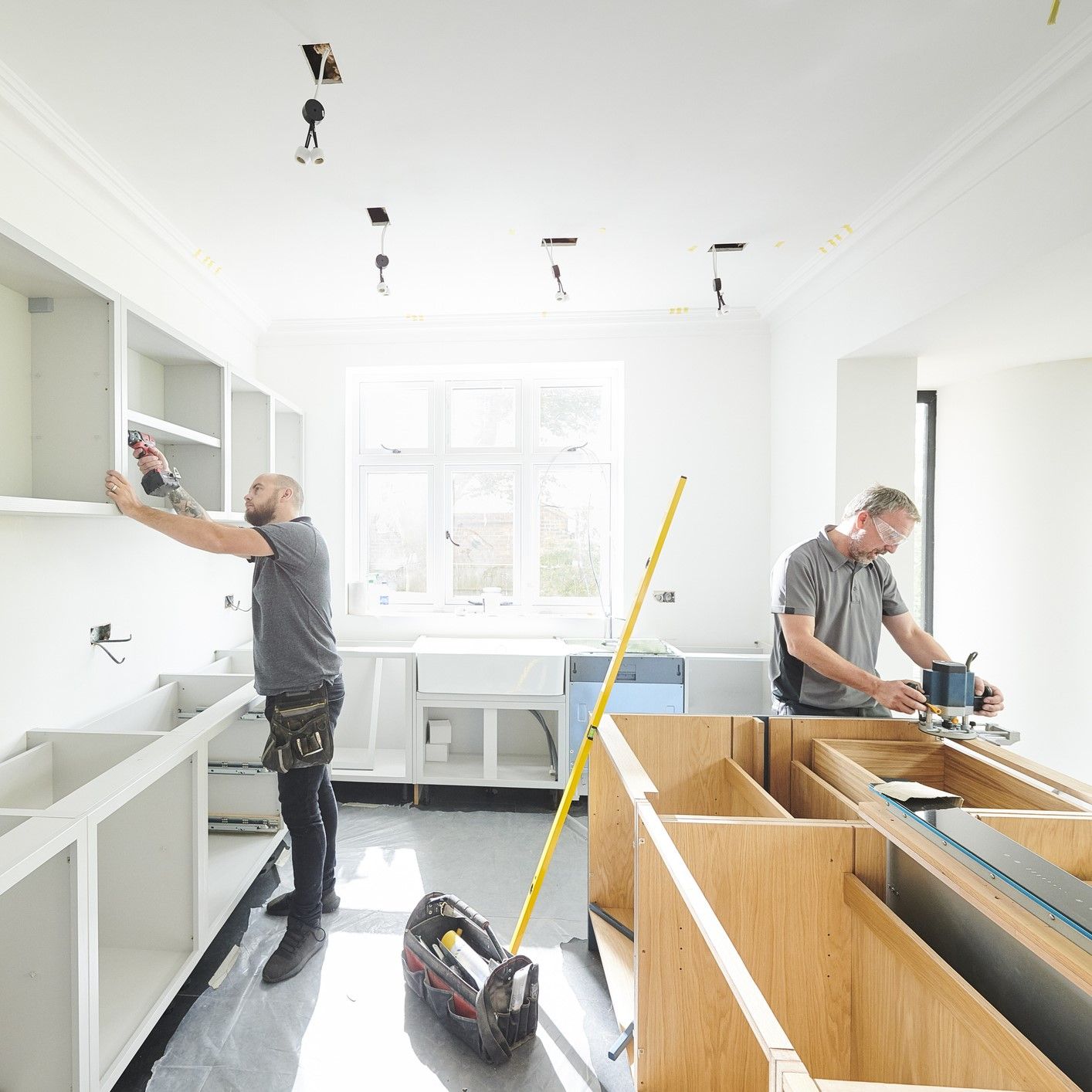Whenever there’s a leaky pipe somewhere in your house, it has to consume your attention. Water won’t stop leaking out of it until it has been properly addressed. So, if you’ve found one inside your place, it’s important to know how to fix it. Here are a couple of ways you can fix leaky pipes next time you’ve found one.
Investigate the Couplings Near the P Traps
Even though most leaks come from a crack, that’s not the only way one of them can happen. If you’ve discovered a leak, and you’re not sure where it’s at, look near the couplings.
Sometimes, the ones next to the P traps come loose if they’re older. So, you can solve the leak by tightening them, and it shouldn’t cause you any more problems.
Look for the U-shaped pipe under the sink, and see if it has a loose coupling. If it does, use a wrench to retighten it and check if that solves the problem.
Try Using Some Plumbers Tape
If the coupling hasn’t come loose, there’s probably a crack somewhere in the pipe. So, you’ll need to inspect it and find where it’s at. Then, plumber tape might be the solution.
If the crack isn’t too big, it can hold back water, stopping leaks from occurring. Check if the water has been dripping out from the coupling after tightening it. If it still has water coming out of it, its threads may have deteriorated.
If that’s happened, you can use some plumbers tape to seal it. Wrap the tape around the coupling and go around a few times. Usually, that’s enough to stop more water from leaking out of there.
Use Something Made Out of Silicone
AMS 3195 silicone has a ton of properties that make it a great material for tape. Self-fusing silicone is an effective solution if you’re fixing a low-pressure line. Since it won’t leak, you can use the pipes without having to worry.
If it’s stretched far enough, it creates a seamless waterproof layer. So, when wrapping it around a pipe, stretch it hard. Otherwise, it won’t create a completely watertight seal.
Epoxy Putty Might Do the Trick
Even though it may not last forever, epoxy putty is an amazing way to seal leaky pipes. Since you can mold it by hand, forming it around a complex leak isn’t hard. It’ll wrap around it, and some of it will go into the crack.
Once it has hardened, the putty won’t let water get through. But, you’ll still need to replace the pipe if you’d like to continue using it. It won’t last forever without springing another leak if it has a putty seal.
Install a Patch by Using a Clamp
A large rupture would exert too much pressure to fix it using most adhesives. Unless you’ve used a clamp, the pressure will explode before too long anyway. So, get a repair patch and a clamp from the store. Then, use it to seal the leak.
Before putting it on the pipe:
- Turn off the water supply, cutting off any pressure.
- Smooth down the edges of the leak by wiping it down with a metal file.
- Once it has perfectly smooth edges, wrap the patch around it.
- From there, take the clamp and seal the leak.
- Tighten it until nothing makes out from under the patch, and then turn the water back on.
Test Out the Pipe to See if It’s Fixed
Regardless of the method used, it’s important to check if the pipe is still leaking. Once you’ve finished applying a patch, run some water through the pipe. You may want to place something underneath it to catch any water. If nothing drips out from there, your patch should be doing its job.
Properly Sealing the Pipes in Your Home
Nobody has woken up, seen a leak, and thought it would be a good day. Fortunately, if that’s happened to you, repairing it won’t take long. Go to the hardware store and grab a few things to fix the problem. Once you’ve done everything, water damage won’t be on your mind.
Recent Blog Posts








